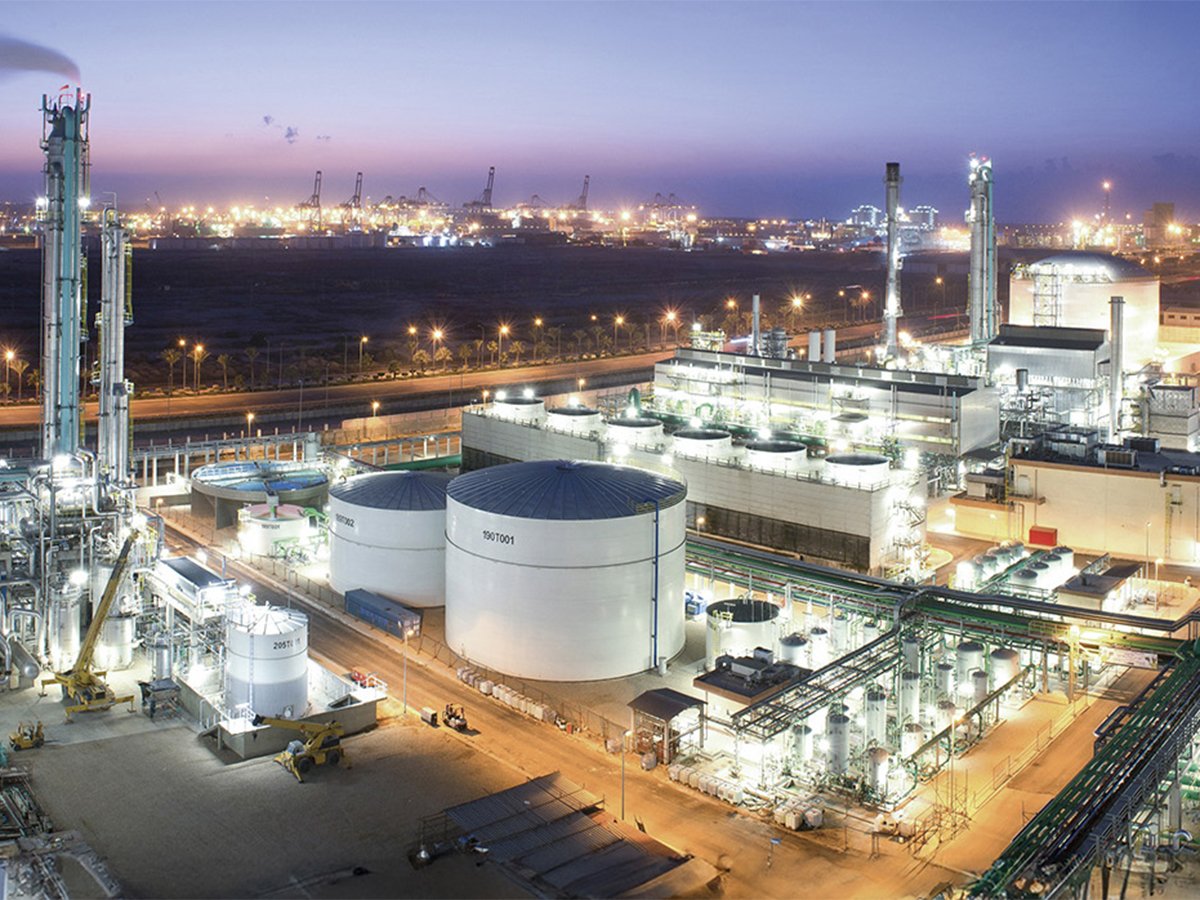Last week’s crop price sell-off is due to the impact of commodity investment funds, analysts say.
And the longer term bull market in agricultural commodities, which should move in the opposite direction to last week’s slump, is also largely due to the fund effect.
So farmers are going to have to get used to hearing terms like rebalancing in their markets news coverage, because commodity fund actions now often dominate market moves.
“The selling last week seemed to be (non-fund investors running) ahead of this rebalancing, to get out of the way,” said Brenda Tjaden Lepp of FarmLink Marketing Solutions.
Read Also

Genesis Fertilizers seeks government funding
Genesis Fertilizers is actively seeking funding from government and a strategic partner. The company dispelled a rumour that DL E&C has abandoned the project.
“Then there’s this phenomenon on the bullish side saying all this money’s going to flow into the grains.”
The big sell-off between Jan. 2 and 5 occurred not because of any change in supply-demand fundamentals, analysts say, but because of how commodity index funds operate.
Some funds attempt to keep set percentages of their overall value invested in specific commodities. For instance, an index fund might attempt to have 25 percent of its money invested in agricultural commodities, and have an allocation for 20 percent of that amount invested in corn.
But with the surge in the value of corn, wheat and other agricultural commodities in the past year, many funds were believed to have become overweight in agriculture and needed to lighten up. The only way to lighten their ag load would be to sell futures positions, so some investors, fearing prices would fall with all the selling, rushed to sell before the funds moved.
That might explain what happened last week.
“There’s been fear about where these big index funds were going to go after the first of the year,” said Fargo, North Dakota, market adviser Mike Krueger.
“There was all sorts of talk of rebalancing.”
On the other hand, other investors are keen to invest more in agricultural commodities because they believe commodity funds that take speculative positions might soon leap deeper into the agricultural commodity pool. Tjaden Lepp thinks that was behind the late December rally in crop prices.
“It seemed to be people trying to get long in anticipation of the overall buying of commodities,” she said.
Indeed, there are many signs that the flood of money into agricultural commodities has not peaked. Both index and speculative funds appear to be ready to buy more agricultural commodities in 2007.
Reuters News Agency estimates that commodity funds and other investors have $80 to $100 billion US invested in the overall commodities market. It says Barclays Capital is estimating another $50 billion could pour in this year. Agriculture missed the big run-up in energy and metals prices as the world economy recovered, so it could be the focus this year as investors move away from commodities that could suffer as the world economy cools.
Funds have already bulked up on agricultural commodities and are likely to hold and increase that position.
“This type of allocation … would suggest shifting positions from sub-sectors highly correlated with the economic cycle, such as base metals, to sectors where correlation has been historically low, as in most agricultural markets,” said Barclays Capital.
The money flowing into agricultural commodities has impressed many, but Sean Corrigan, the chief investment strategist at Diapason Commodities Management, said it will continue unabated because of tight supply-demand fundamentals.
He said after years of surplus, the recent production levels below world usage mean “you now need everything in place and working properly.
“And if you factor in the new biofuel demand, we could see severe squeezes.
“Agriculture has been a neglected sector and people regard it now as lagging other commodities.”
So, recent market volatility may not be due directly to the action of commodity funds, but to the actions of other investors anticipating commodity fund moves and trying to jump first.
That phenomenon is unlikely to change as long as commodity funds play a major role in the commodity markets, analysts say. But the markets of the past month may have been particularly sensitive to the funds’ positions because there wasn’t much supply and demand news to consider.
“Fundamentals haven’t been on the table, (but on) Friday (Jan. 12) they might be,” said Tjaden Lepp about the upcoming United States Department of Agriculture production report.















